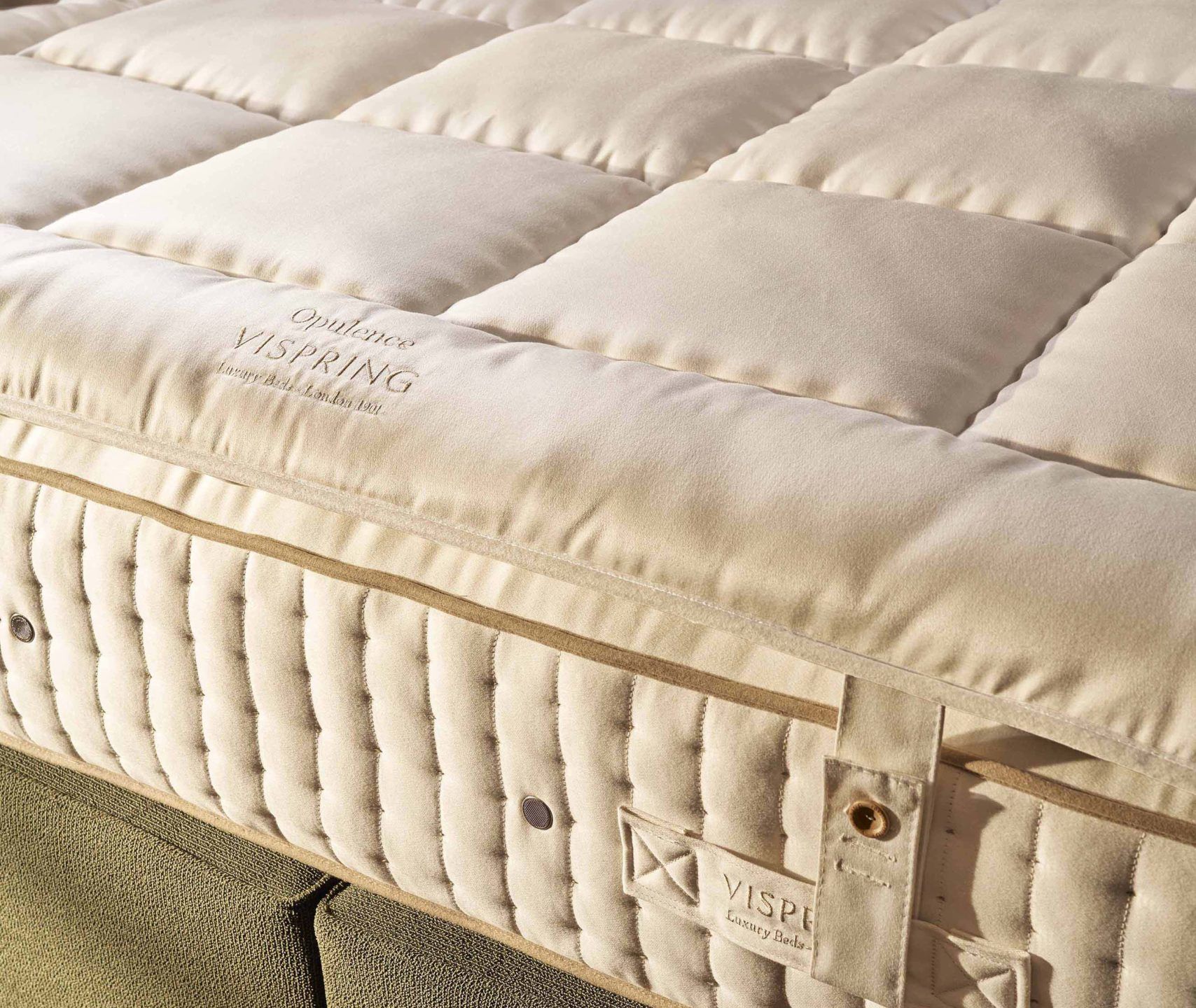The Connection Between Sleep Quality and Mattress Types
Understanding the relationship between mattress types and sleep quality can help consumers make informed choices when purchasing a mattress. This article will explore various mattress materials, including memory foam, latex, and innerspring, and their impact on sleep health.
The Importance of Sleep Quality
Sleep is not merely a state of rest; it is a fundamental pillar of health that influences our physical and mental well-being. Historical figures such as Leonardo da Vinci and Thomas Edison famously touted their short sleep intervals, believing they could outpace the slumbering masses. Yet modern science has illuminated the critical importance of sleep, revealing that inadequate rest can lead to diminished cognitive function, mood disorders, and an array of chronic health issues.
Mattress Types: A Brief Overview
When it comes to mattresses, the market is flooded with options, each boasting unique benefits. The primary types include:
- Memory Foam: Known for its pressure-relieving properties, memory foam contours to the body, providing support that can alleviate pain and promote a more restful sleep.
- Latex: Natural latex mattresses are lauded for their breathability and responsiveness, offering a buoyant feel that many find comfortable.
- Innerspring: The traditional choice, innerspring mattresses provide a familiar firmness supported by coils that enhance airflow and bounce.
The Science Behind Mattress Materials and Sleep Quality
Studies have shown that the type of mattress can significantly affect sleep quality. For instance, a 2010 study published in the Journal of Chiropractic Medicine found that participants who switched to a medium-firm mattress reported better sleep quality and reduced back pain. This highlights the importance of choosing a mattress that aligns with individual comfort needs.
Memory Foam Mattresses
Memory foam mattresses have gained immense popularity due to their ability to conform to the body's shape, distributing weight evenly and minimizing pressure points. This characteristic is particularly beneficial for side sleepers, who often experience discomfort from pressure on their hips and shoulders.
The Naturepedic Concerto Organic Hybrid Mattress exemplifies the benefits of a hybrid design. With a plush pillowtop combining organic encased coils and a layer of organic Dunlop latex, it offers both support and comfort, making it an ideal choice for those seeking a balance between firmness and cushioning.
Latex Mattresses
Latex mattresses, particularly those made from natural latex, offer a unique combination of support and breathability. The responsiveness of latex helps in maintaining proper spinal alignment, while its natural resistance to allergens makes it a suitable option for sensitive sleepers. The eco-friendly aspect of organic latex also appeals to health-conscious consumers.
Innerspring Mattresses
Innerspring mattresses have been a staple in the bedding industry for decades. Their coil systems provide excellent support and promote airflow, which can help regulate temperature during sleep. However, they may not offer the same level of contouring as memory foam or latex. The choice of firmness and coil construction can significantly impact overall comfort and support.
Key Figures and Their Views on Sleep
Throughout history, various influential figures have shared their thoughts on the importance of sleep. For instance, Albert Einstein once stated, "A day without laughter is a day wasted," implying that a joyful life is intertwined with proper rest. Similarly, William Shakespeare eloquently expressed in "Hamlet," "Give me some light. Away!"—a reminder of the vital role that rest plays in our lives.
Conclusion: Making Informed Choices
Choosing the right mattress is not just about personal preference; it is a crucial decision that can significantly affect sleep quality and overall health. Whether one leans towards the contouring embrace of memory foam, the buoyant support of latex, or the traditional comfort of innerspring mattresses, understanding the nuances of each type is essential. As we continue to learn about the relationship between sleep and health, making informed choices about our sleep environment remains paramount.
Your Path to Better Sleep
In conclusion, investing in a quality mattress tailored to your sleep needs can transform your nightly rest. With options like the Naturepedic Concerto Organic Hybrid Mattress, you can ensure that your choice aligns with both health and comfort, paving the way for healthier sleep and, ultimately, a healthier life.



